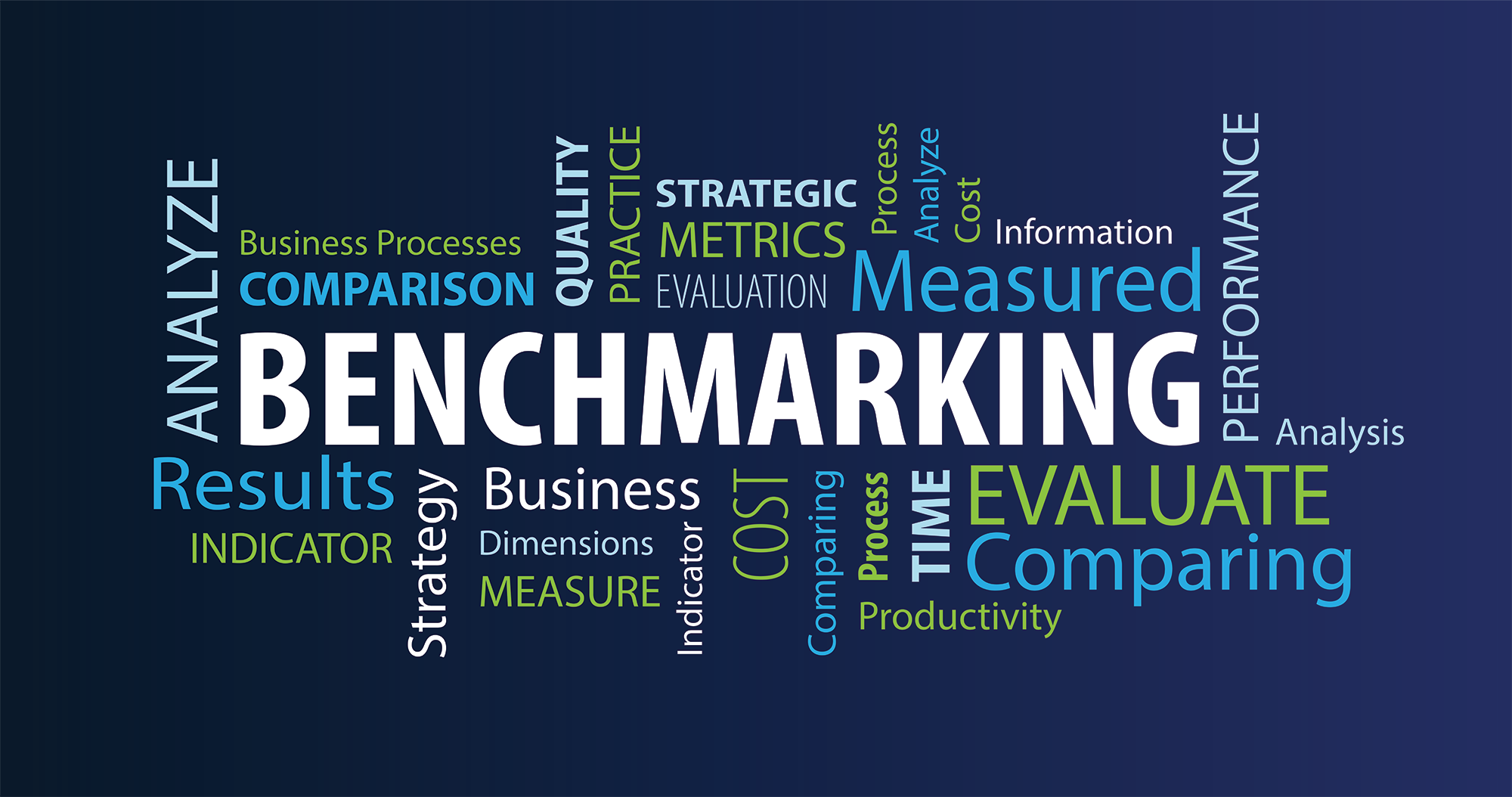Crack the Code to Smarter Business Decisions
If you’re running a medium-sized business in Australia — maybe you’ve got a handful or a few dozen employees, multiple departments or you’re expanding into new markets — you know how important it is to keep your finger on the financial pulse.
One moment you’re landing new contracts, the next you’re wondering why margins are tighter than expected.
That’s where benchmarking comes in.
Benchmarking is all about comparing your numbers to get useful insights. And you don’t need to be a CFO to get value from it.
Here are three simple yet powerful ways to benchmark your business and stay on track.

1. Benchmarking: Compare to a Previous Period
The easiest place to start is by comparing how your business is doing now versus how it did before. Think month-to-month, quarter-to-quarter, or year-on-year.
Let’s say you run a wholesale distribution business in Sydney. You could look at your Profit & Loss (P&L) statement from Q1 this year and compare it to Q1 last year.
Has your revenue grown in line with your expanded sales team?
Are rising logistics costs eroding your margins?
Visualising the data in a dashboard or chart makes it easier to spot the story behind the numbers — for example, recurring seasonal dips or revenue spikes linked to product launches.
Be mindful when comparing unusual years. For example, data from 2020 might be skewed due to lockdowns and JobKeeper payments — not a reliable baseline for today’s environment.
“Business clarity starts when you stop guessing and start measuring.”
2. Benchmarking: Compare to your Budget
Budgets aren’t just for start-ups — they’re essential tools for growing businesses. If you’ve got multiple teams or locations, a clear budget helps you set expectations and track performance across the board.
Imagine you’re running a construction company in Brisbane managing several active projects. If your forecast shows you should be spending $250,000 on materials this quarter, but the actuals come in at $320,000, it’s time to investigate.
Comparing your P&L to the budget on a monthly basis gives you real-time control — not just surprises at the end of the financial year.
If you’re running your own business, your budget isn’t set in stone. As market conditions shift, like supplier costs or interest rates, updating your budget ensures it stays relevant.
However, if you’re involved with a Not-For-Profit or other business where a Board signs off on the budget, your budget will be locked in once it’s been approved. In this case, a rolling forecast adds flexibility by projecting future results alongside the budget. It helps track performance and enables you to spot issues early because forewarned is definitely forearmed.

3. Benchmarking: Compare to Similar Businesses
Benchmarking against others in your industry helps you understand what’s “normal” and where you can improve. This is especially valuable for medium businesses that are scaling and want to stay competitive.
Let’s say you manage a tech services company in Adelaide. You’ve got 40 staff and solid recurring revenue.
Are your overheads creeping up?
How do your labour costs compare to similar firms?
You can access real data using free resources like the ATO’s small business benchmarks, which cover more than 50 industries based on thousands of tax returns. These benchmarks include key ratios like wages-to-turnover and cost of sales.
For example, if your labour costs are 45% of turnover but the industry average is 30%, it might be time to review your structure or efficiency.
The ATO data is a useful starting point, but it’s relatively broad. Several benchmarking organisations offer more targeted benchmarks that hone in on specific areas you can change to deliver a significant benefit to your business.
“Financial visibility isn’t optional. It’s your competitive edge in tough markets.”
Why Bother Benchmarking?
Running a business without checking the numbers is like flying blind. Benchmarking shows you where you stand, highlights opportunities to improve and keeps your strategy grounded in reality.
Whether you’re managing rapid growth, tightening costs or setting performance targets for teams — comparing past performance, budgets and industry benchmarks puts you in control.
Need a hand with benchmarking or budgeting?
We help Aussie SMEs turn financial data into smart decisions.
Whether it’s setting up reporting systems, analysing your metrics or providing tailored benchmarks, we’ve got the tools and expertise to help you scale with confidence.
We’re more than happy to have a chat about your business and what’s involved with getting started with any of our services. Give us a ring on (02) 8188 9019 or complete our enquiry form.
We provide Bookkeeping & Payroll Services, Management Accounting, Carbon Accounting, and Software Selection & Implementation.
We work with Ecommerce & Retail, Import & Distribution, Manufacturing, Not-For-Profits, Professional Services and Software Developers.
